17 hydroelectric reservoirs have returned to or are close to dead water level.
At the Ministry of Industry and Trade 's electricity saving conference on the afternoon of May 21, Mr. Tran Dinh Nhan, General Director of EVN, said that as of May 21, the number of hydroelectric reservoirs at or near dead water level continued to increase compared to May 11.
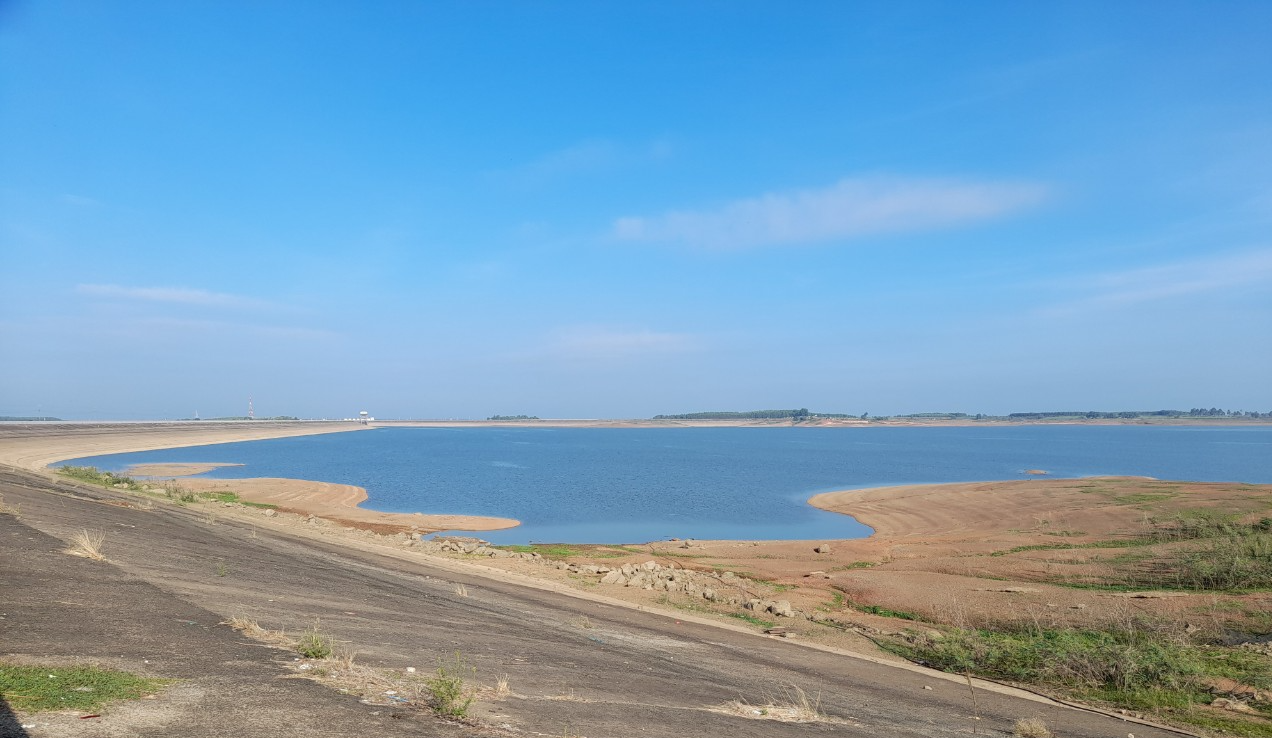
Many hydroelectric reservoirs have reached dead water level, EVN warns of the risk of power shortage nationwide
In the North, 12/12 large hydroelectric reservoirs have very poor water flow. 17/47 large hydroelectric reservoirs have water levels at or near dead water levels, the frequency of water flow to many reservoirs is the lowest in many years.
In April and May, water in hydroelectric reservoirs was only below 50% of the multi-year average, some reservoirs only reached 20% of the average, causing a serious water shortage for hydroelectric reservoirs, many hydroelectric plants continued to have reduced capacity due to low water levels.
According to EVN, on May 19, the load of the entire national power system increased to a new record level, approximately 924 million kWh/day, the highest since the beginning of the year and an increase of 10.5% over the same period in May 2022; the maximum consumption capacity reached 44,600 MW, the highest since the beginning of the year and an increase of 8.5% over the same period in May 2022.
To ensure electricity supply, EVN had to mobilize DO+F oil-fired thermal power sources. The power system no longer had any reserve capacity.
According to Mr. Tran Dinh Nhan, although the National Power System Control Center has thoroughly exploited hydropower to save electricity, as of May 21, the remaining output in the entire system's reservoirs was 2.911 billion kWh, 1.726 billion kWh lower than the annual plan. Of which, the North was 1.033 billion kWh lower, the Central was 435.6 million kWh lower, and the South was 258 million kWh lower.
In the context of difficulties in ensuring electricity supply, EVN is implementing all measures to supplement the supply from thermal power, but fuels (coal, oil, gas) for electricity production do not meet the requirements.
EVN has requested the Vietnam National Coal and Mineral Industries Group (TKV) and the Dong Bac Corporation to supply coal according to the signed contract and seek solutions to supplement the amount of coal for electricity production.
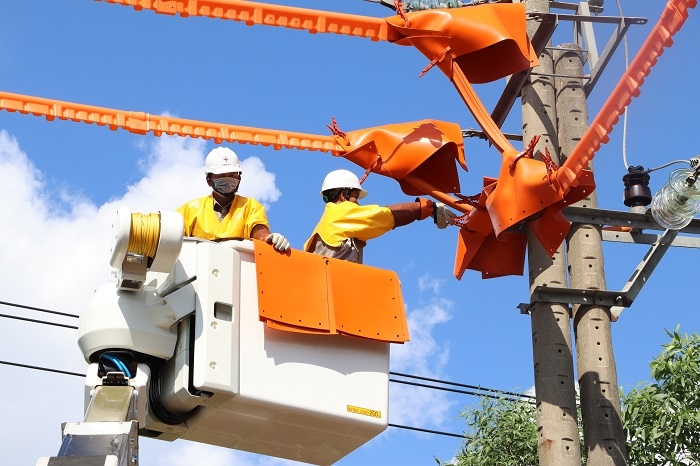
EVN calls on people and customers to join hands in using electricity effectively and economically in the context of the risk of power shortage during the hot season.
Most recently, on May 19, EVN sent a document to the investor of the Duyen Hai 2 BOT Thermal Power Plant project, Janakuasa Vietnam Co., Ltd. (JVL), and the project's EPC contractor, China Huadian Engineering, requesting to borrow 100,000 tons of coal. This amount of coal will be used for Duyen Hai 3 Thermal Power Plant (under Power Generation Corporation 1) to produce electricity, with the goal of ensuring electricity supply in the current urgent situation.
In addition, EVN has negotiated and signed power purchase contracts with Thai Binh 2 Thermal Power Plant, Song Lo 7 Hydropower Plant, Nam Cum 3 Hydropower Plant, and Van Phong 1 BOT Power Plant to supplement power sources for the system.
In the southern region, oil-fired power plants (a high-cost source of electricity) have had to be restarted to ensure electricity supply. Of which, oil-fired power plants in Thu Duc, O Mon, Can Tho, and Ca Mau have been operating and generating large outputs to the grid.
For transitional renewable energy projects, the Ministry of Industry and Trade has also directed EVN and investors to negotiate and agree on temporary prices. As of May 19, 15 wind and solar power plants have had their temporary electricity purchase prices approved.
In addition to supplementing power supply, EVN has called on major customers and people to apply measures to use electricity efficiently and thoroughly save electricity. EVN requires corporations and power companies to coordinate with businesses to implement the load adjustment (DR) program according to the requirements of the dispatching levels.
"11,000 customers have signed an agreement to participate in the DR program to save electricity according to dispatch orders to ensure the requirements for safe operation of the power system. On average, each day, units have carried out 80 - 90 DR events with about 2,500 participating businesses, peak capacity has been reduced by more than 400 MW," said Mr. Nhan.
Source link


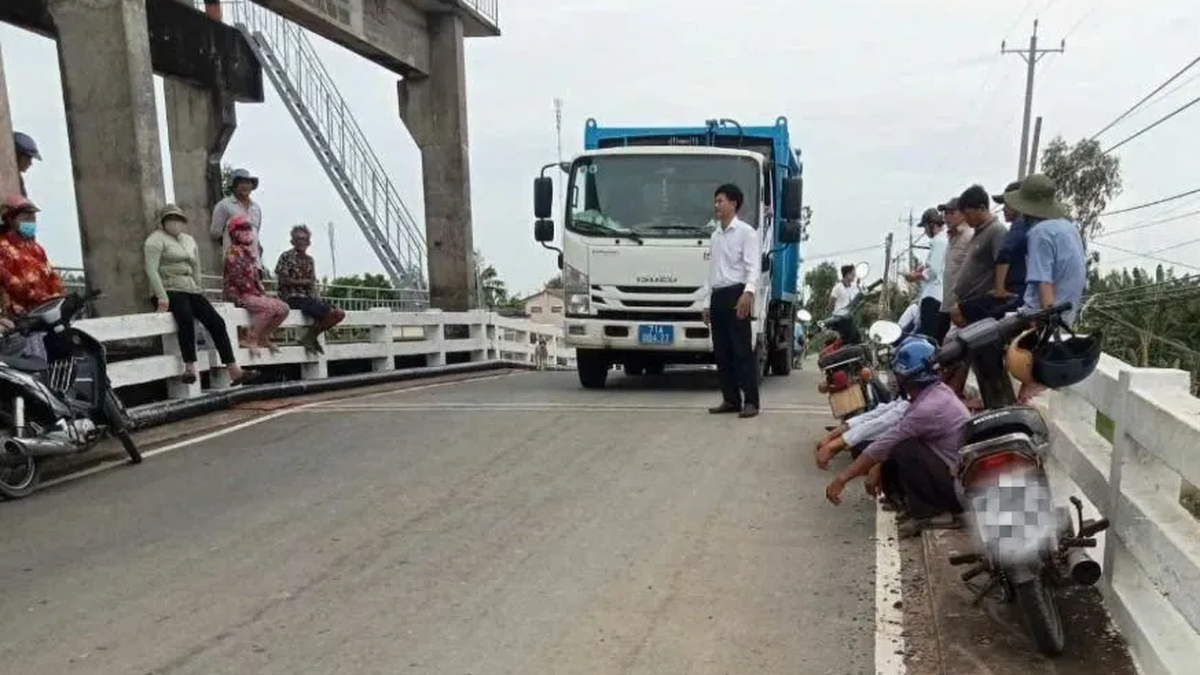
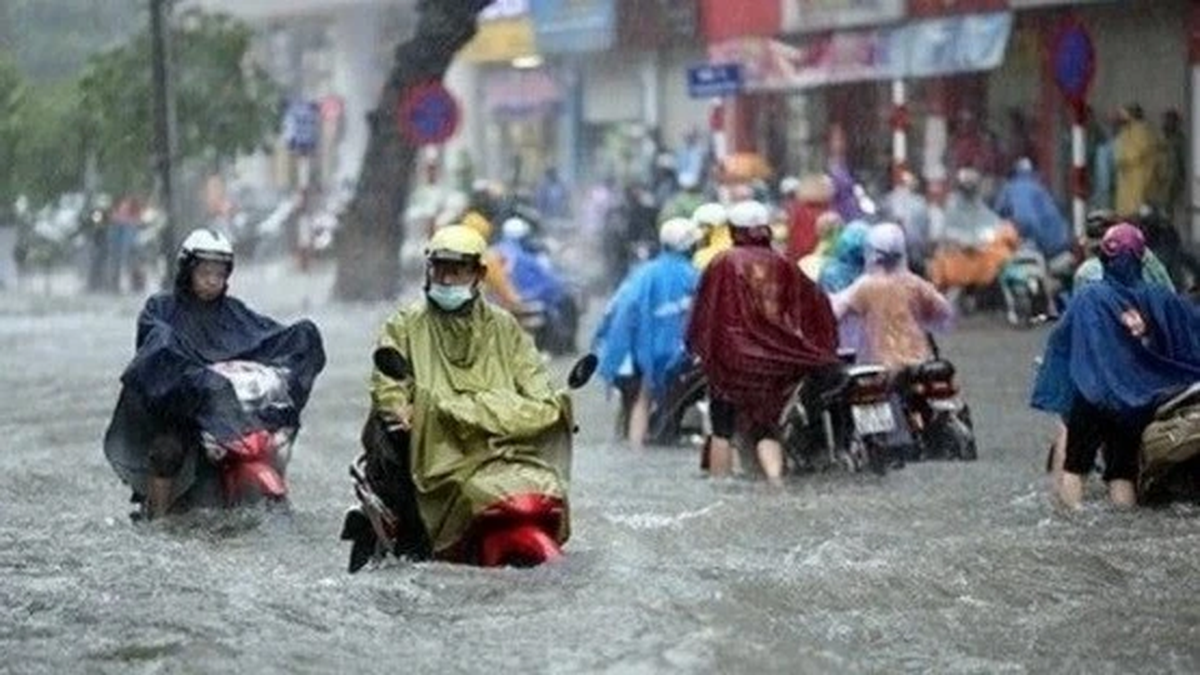
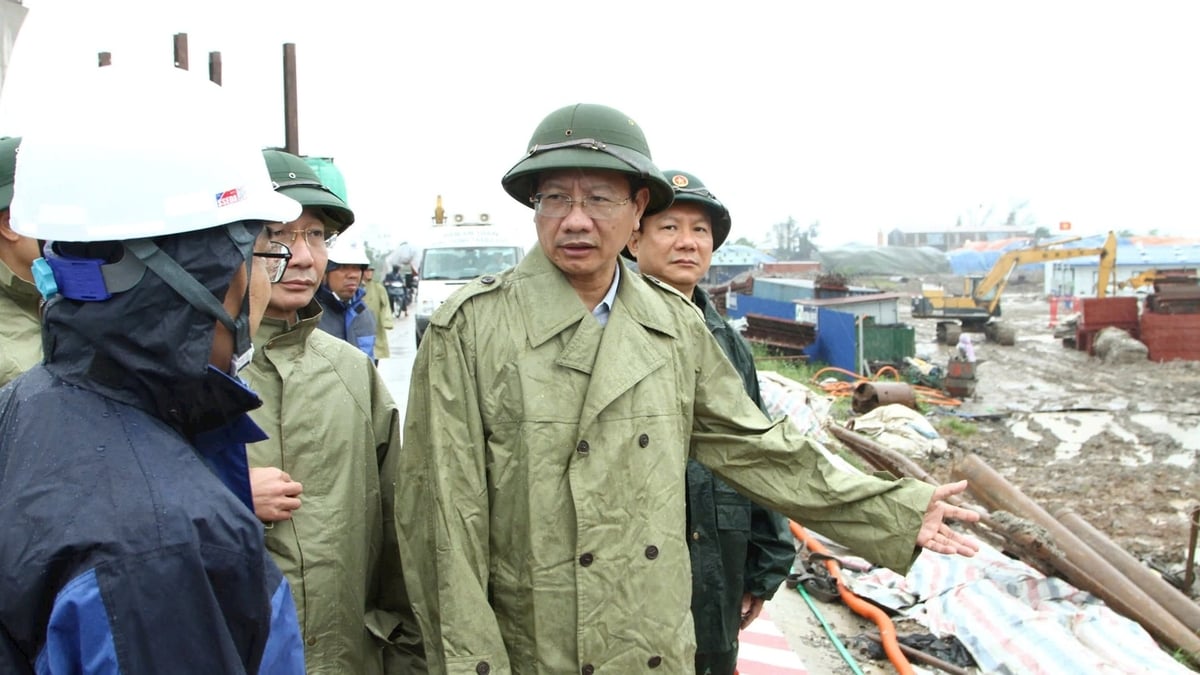
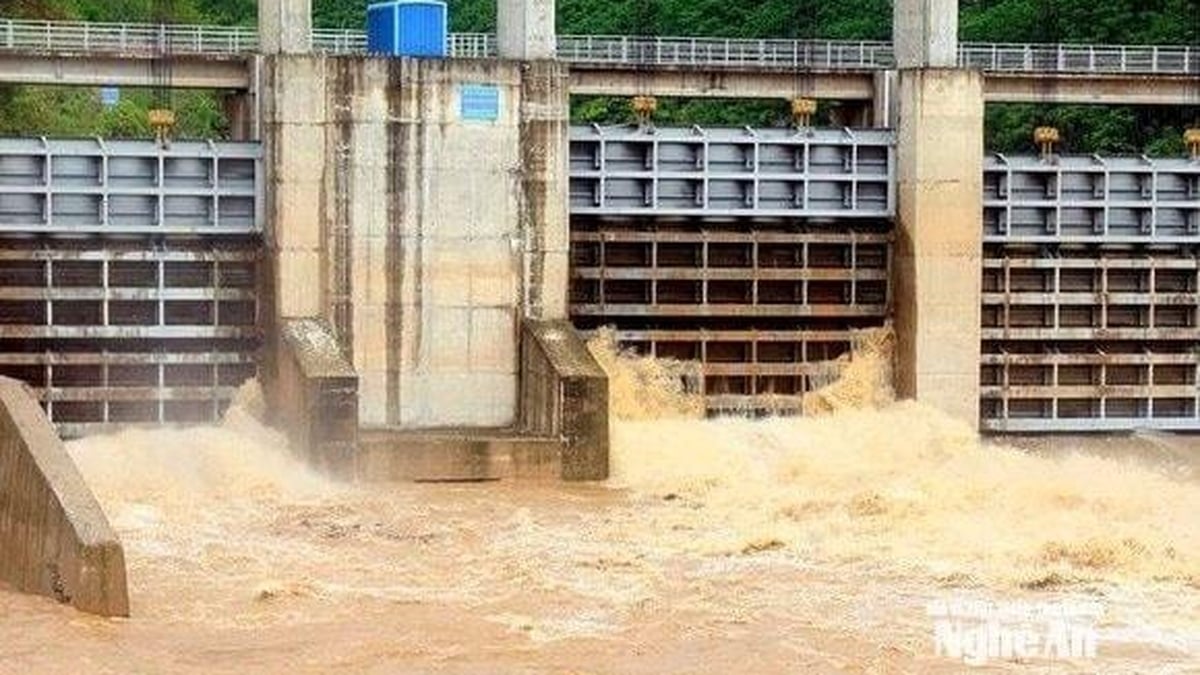
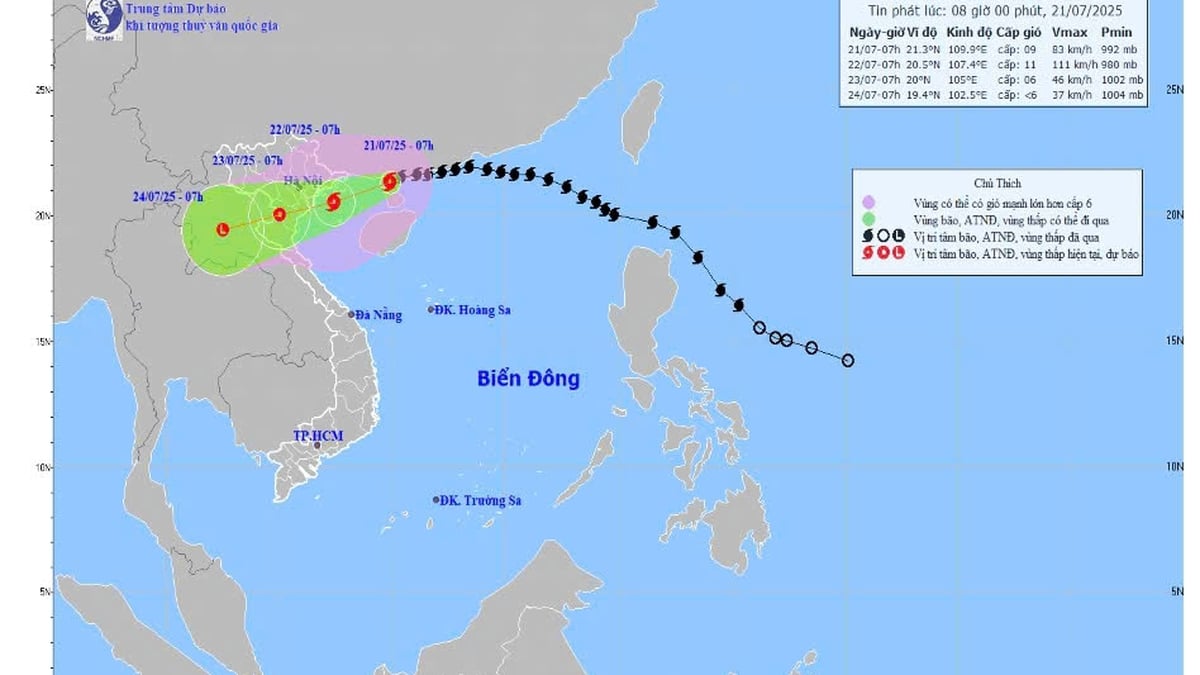


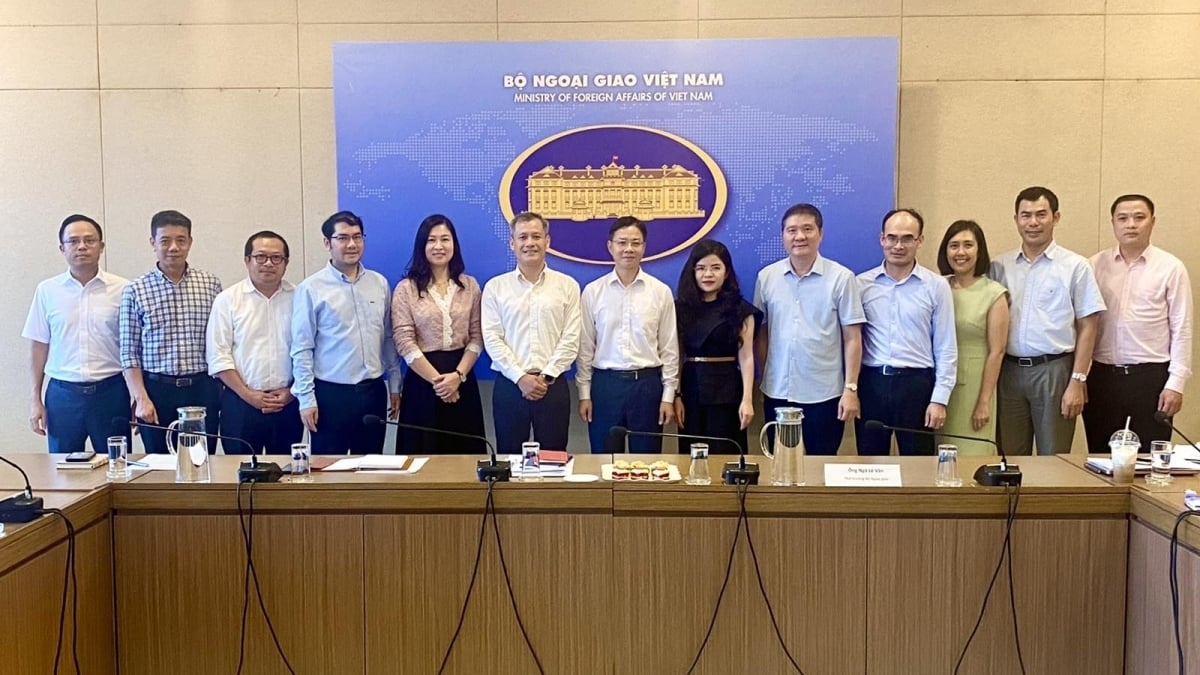
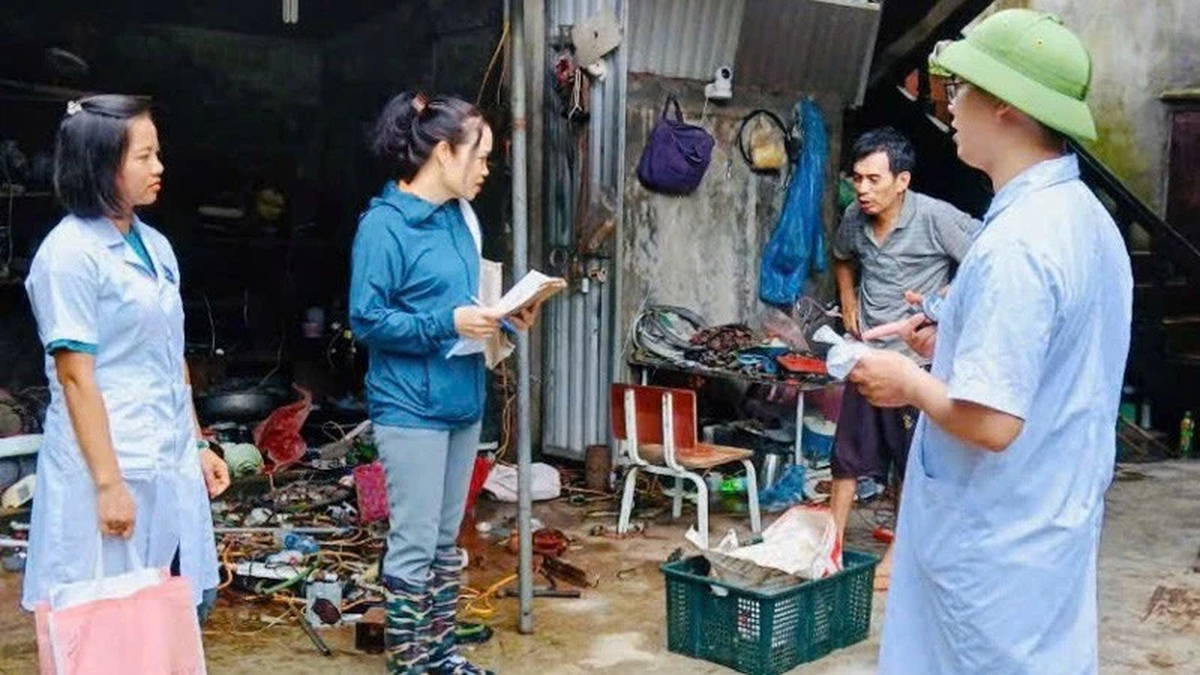



















![[Photo] National Assembly Chairman Tran Thanh Man visits Vietnamese Heroic Mother Ta Thi Tran](https://vphoto.vietnam.vn/thumb/1200x675/vietnam/resource/IMAGE/2025/7/20/765c0bd057dd44ad83ab89fe0255b783)






































































Comment (0)